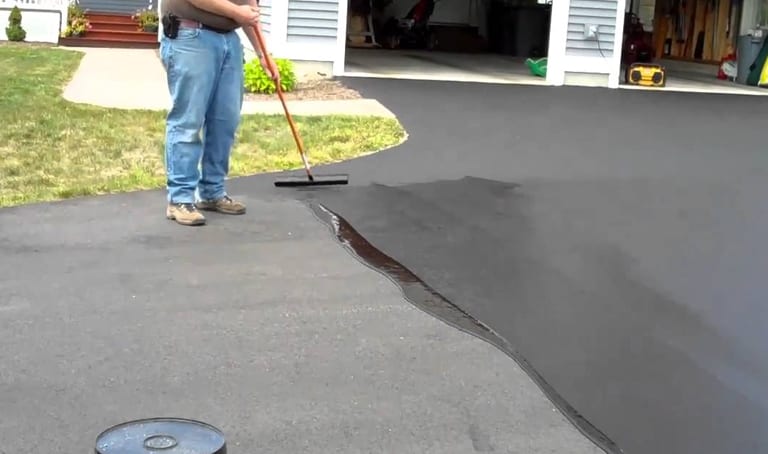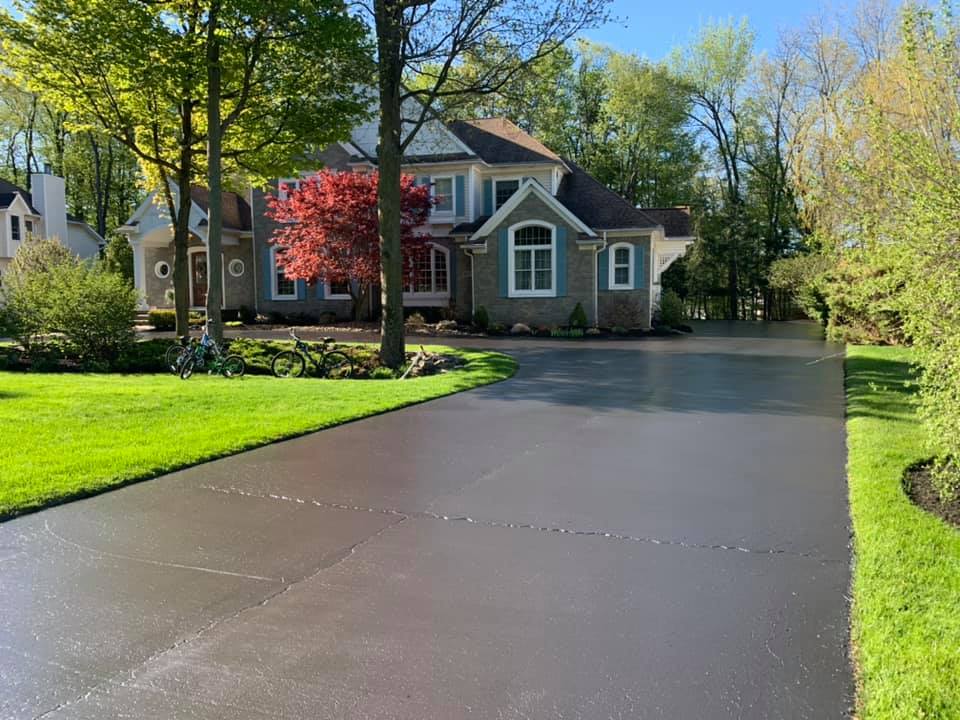Hot Mix Asphalt: A Lasting Service for Sidewalk
Hot Mix Asphalt (HMA) has actually arised as a leading lasting choice for sidewalk solutions, offering a myriad of environmental advantages and cutting-edge innovations. Its ability to minimize and reuse products energy intake presents a compelling case for its fostering in roadway construction tasks. The long-term performance and sturdiness of HMA make it a preferred choice for facilities growth. As the demand for green building and construction practices expands, exploring the nuances of HMA's sustainability can provide beneficial insights into the future of pavement remedies.
Environmental Benefits of Hot Mix Asphalt

Moreover, Hot Mix Asphalt assists to minimize urban heat island impacts. Its dark shade absorbs sunshine, lowering the amount of heat mirrored back into the ambience contrasted to lighter-colored pavements. This can reduce ambient temperature levels in metropolitan locations, lowering the demand for a/c and eventually minimizing energy consumption.
In enhancement, Warm Mix Asphalt contributes to enhanced stormwater management. Its permeable nature permits water to charge and penetrate the pavement groundwater supplies, decreasing drainage and the threat of flooding. These environmental benefits make Warm Mix Asphalt a sustainable selection for paving highways and roads.
Energy Effectiveness in HMA Manufacturing
Is energy performance an essential consider the production of Hot Mix Asphalt (HMA)? Definitely. Energy plays a considerable role in the manufacturing of HMA, affecting both expense and environmental sustainability. One key element of power efficiency in HMA production is using warm mix asphalt (WMA) modern technologies (regrading). WMA permits the blending and positioning of asphalt at lower temperature levels contrasted to conventional hot mix asphalt, leading to minimized power intake during production. This process not only decreases gas usage however likewise lowers greenhouse gas emissions, making it an extra ecologically friendly choice.
Furthermore, developments in plant technologies have actually led to more energy-efficient HMA production processes. By enhancing power use in HMA production, the market can minimize its carbon impact while keeping top quality pavement materials.
Recyclability of Hot Mix Asphalt
The recyclability of Warm Mix Asphalt (HMA) is a critical facet of its sustainability and long-lasting ecological impact. HMA is just one of one of the most recycled materials in the USA, with over 100 million lots of redeemed asphalt pavement (RAP) being recycled annually in brand-new sidewalk building and construction. Reusing HMA offers numerous environmental advantages, such as decreasing the demand for virgin products, reducing power intake throughout manufacturing, and lowering the amount of waste sent to garbage dumps.
The process of recycling HMA involves grating the existing view sidewalk, squashing it right into smaller sized pieces, and blending it with brand-new aggregate and asphalt binder to create a recycled mix. In general, the recyclability of HMA plays a significant role in promoting sustainable techniques within the sidewalk market.

Long-Term Performance of HMA
Asphalt pavements demonstrate sturdiness and resilience over a prolonged period, showing the long-term efficiency of Warm Mix Asphalt (HMA) The long life of HMA can be credited to its ability to stand up to hefty traffic lots, harsh weather conditions, and the results of aging. Researches have revealed that properly designed and effectively constructed HMA sidewalks can last for 20 years or even more with normal upkeep. The trick to taking full advantage of the lasting efficiency of HMA depends on using top notch materials, following ideal methods in building, and executing efficient maintenance techniques. Correct water drainage, routine inspections, and prompt repair work are vital for maintaining the structural stability of HMA sidewalks in time. Furthermore, advancements in HMA technology, such as using polymer-modified binders and cozy mix asphalt, have actually further improved the durability and durability of HMA pavements. By focusing on high quality building and construction and upkeep practices, HMA remains to prove itself as a sustainable and cost-effective option for lasting pavement framework.

HMA: Resilience and Sustainability
Demonstrating both resilience and sustainability, Hot Mix Asphalt (HMA) has come to be a additional hints keystone in the construction of resilient pavement infrastructures - commercial parking lot paving. HMA's resilience stems from its capacity to endure hefty lots, extreme climate condition, and high traffic quantities, making it a reputable selection for roads, freeways, and airport terminal runways. The make-up of HMA, which typically includes aggregates, binder, and filler, plays a critical role in improving its durability and resistance to deterioration
In addition, HMA's sustainability depends on its recyclability and energy-efficient manufacturing process. The capability to useful reference recycle redeemed asphalt pavement (RAP) in new HMA combinations reduces the need for virgin products and decreases the ecological influence of sidewalk construction and maintenance. Furthermore, the energy efficiency of creating HMA depends on its lower blending temperature levels compared to other sidewalk products, causing reduced energy consumption and greenhouse gas exhausts.
Conclusion
In verdict, hot mix asphalt (HMA) provides a lasting service for sidewalk with its ecologically pleasant attributes. HMA's recyclability, power efficiency in manufacturing, and lasting toughness make it an environment-friendly choice for road building. By conserving natural deposits, minimizing waste, and reducing greenhouse gas discharges, HMA plays a vital function in advertising sustainability in infrastructure growth. Its ability to minimize city heat island results additionally underscores its relevance in producing resilient and environmentally mindful pavement systems.
HMA is one of the most recycled products in the United States, with over 100 million loads of recovered asphalt pavement (RAP) being recycled every year in new pavement building.The process of reusing HMA entails crushing the existing pavement, squashing it into smaller sized items, and blending it with new aggregate and asphalt binder to create a recycled mix.Asphalt pavements demonstrate resilience and strength over an extensive period, reflecting the lasting efficiency of Warm Mix Asphalt (HMA) Furthermore, innovations in HMA technology, such as the usage of polymer-modified binders and cozy mix asphalt, have further enhanced the resilience and long life of HMA pavements. The ability to recycle reclaimed asphalt pavement (RAP) in new HMA mixes lowers the need for virgin products and decreases the environmental influence of sidewalk construction and maintenance.